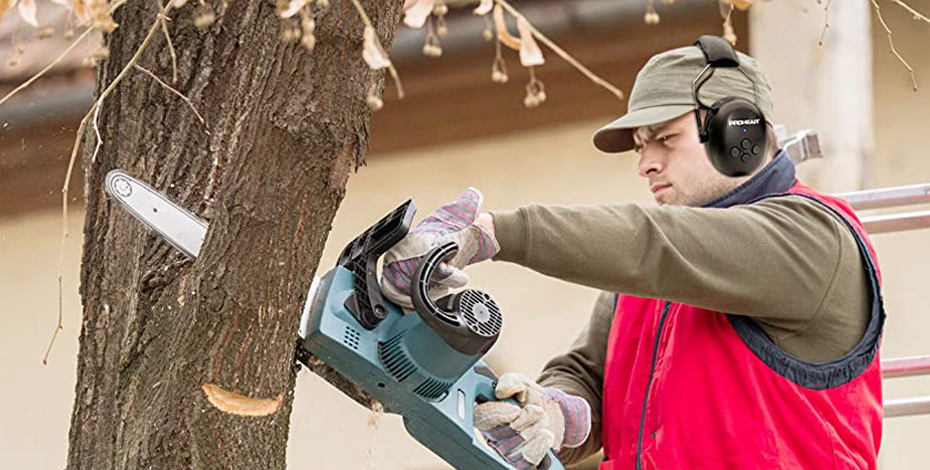Copyright Hangzhou ZH Tech Co.,LtdAll Rights Reserved. Powered by www.300.cn 浙ICP备19002797号-1
Thank you for your interest in ZH TECH,Our entire team appreciate it.
We are a professiaaaonal manufacturer and exporter of hearing protector in China in last 10 years and accept OEM.
Quick Links
About Us
Contact us
No. 6 Shunle Road, Yuhang Jingshan, Hangzhou
Email: sale@zh-safety.com
Phone +86 15888861058
FAQ
FAQ
How Can I Protect My Hearing At Work?
The surest methods of preventing noise-induce hearing loss (NIHL) is to eliminate the source, or to reduce noise at the source by engineering methods. However, in certain situations, these measures are not possible. In such workplaces, workers may need to wear hearing protectors to reduce the amount of noise reaching the ears.
What types of hearing protectors are available?
Earplugs are inserted in the ear canal. They may be premolded (preformed), moldable, rolldown foam, push-to-fit, or custom molded. Disposable, reusable and custom earplugs are available.
Semi-insert earplugs which consist of two earplugs held over the ends of the ear canal by a rigid headband.
Earmuffs consist of sound-attenuating material and soft ear cushions that fit around the ear and hard outer cups. They are held together by a head band.

What are the advantages and limitations of earplugs and earmuffs?
Both types of hearing protection offer advantages and disadvantages.
Earplugs can be mass-produced or individually molded to fit the ear. They can be reusable or disposable. On the positive side, they are simple to use, less expensive than muffs, and often more comfortable to wear when in hot or damp work areas. Some disadvantages are they provide less noise protection than some muffs, and should not be used in areas exceeding 105 dBA. They are not as visible as muffs, making it more difficult for supervisor to check to see if workers are wearing them. They must be properly inserted and inserted hygienically to provide adequate protection.
Earmuffs can vary with respect to the material and depth of the dome, and the force of the headband. The deeper and heavier the dome, the greater the low-frequency attenuation provided by the protector. The headband must fit tightly enough to maintain a proper seal, yet not be too tight for comfort. Some advantages are that earmuffs usually provide greater protection than plugs, although this is not always true. They are easier to fit, generally more durable than plugs, and they have replaceable parts. On the negative side, they are more expensive, and often less comfortable than plugs, especially in hot work areas. In areas where noise levels are very high, muffs and plugs can be worn together to give better protection.
The following table summarizes the differences between earplugs and earmuffs.
|
Comparison of Hearing Protection |
|
|
EarPlugs |
EarMuffs |
|
Advantages:
|
Advantages:
|
|
Disadvantages:
|
Disadvantages:
|







